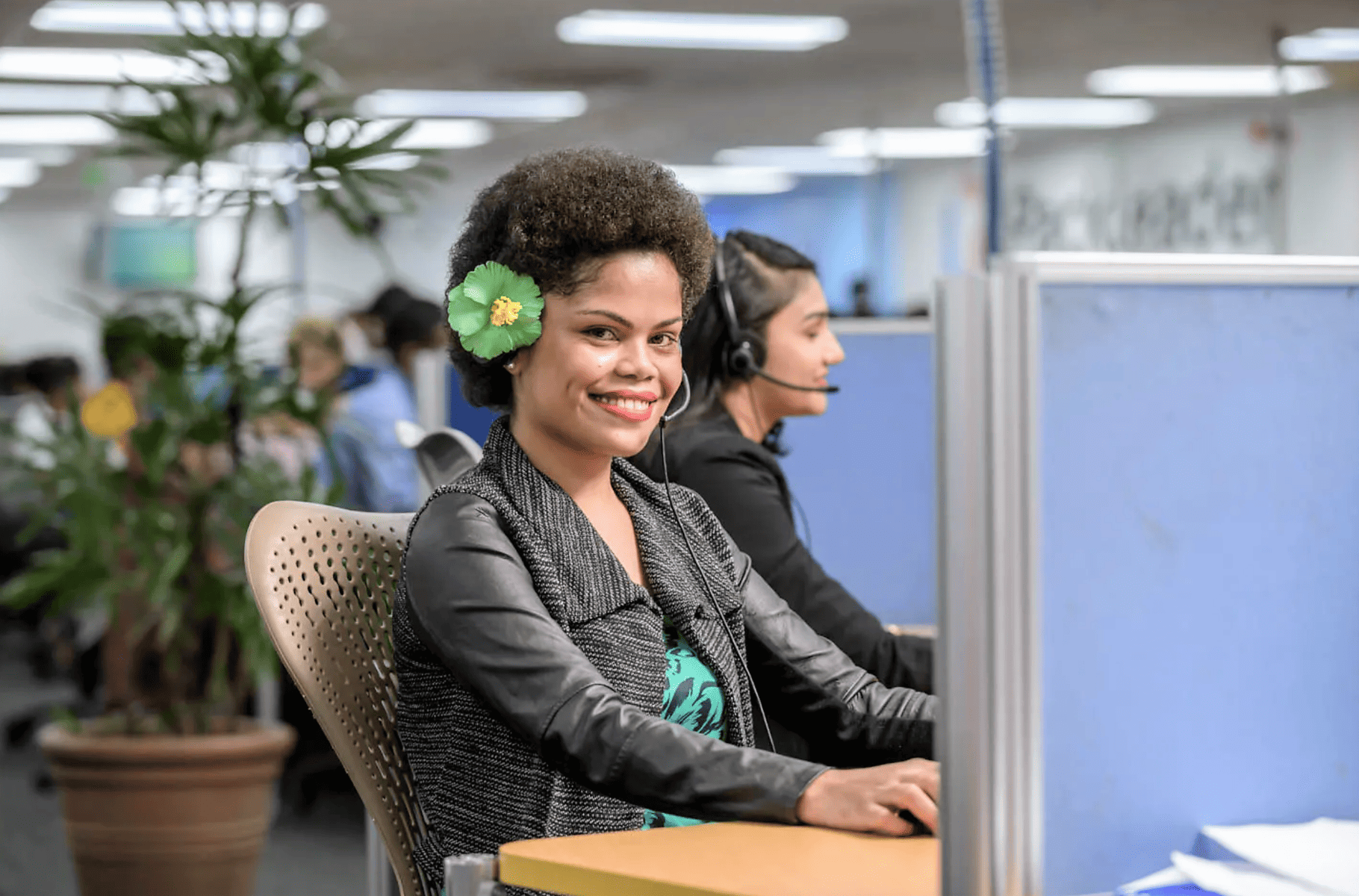Fiji’s economic recovery continues despite projections from the International Monetary Fund that 2023 will be a tough year.
Governor and Chairman of the Reserve Bank of Fiji Board, Ariff Ali, stated that the growth is due to the strength of the tourism industry and its positive spillover effects to other sectors.
Ali said, “With 636,312 visitors to our shores in 2022, visitor arrivals exceeded expectations and reached 71.1% of 2019 levels.
“In December alone, Australian visitors reached an all-time monthly high of 42,304 and remained the top source market, followed by New Zealand and the United States,” he said.
Other sectors also registered gains in 2022, including electricity, sawn timber, and mahogany, some of them exceeding pre-pandemic levels. Strong consumption activity has been fed by increased employment, robust growth in personal remittances and new consumption loans.
However, despite these increases, certain sectors have remained slow, including the pace of investment activity due to the high price of building materials.
While inflation is forecast to reach 3% in 2023, Ali says “ foreign reserves remain comfortable at $3.4 billion (as of January 26, 2023),” enough to cover 6.3 months of retained imports of goods and services, and are projected to remain comfortable in the medium term.
While the Reserve Bank anticipates continued growth in the domestic market, the labour market is expected to be more constricted due to increased employment and migration opportunities.
It also says the main source of uncertainty remains the prolonged Russia-Ukraine war, timing and magnitude of (other) central bank policy tightening and the current (subdued) outlook for the global economy.
New government stresses Fiji-Australia trade ties
“Fiji has all the necessary ingredients to become a key economic player and regional hub.”
Fiji’s Deputy Prime Minister and Minister of External Trade, Cooperatives, and SMEs, Manoa Kamikamica, said this while delivering a speech at the Fiji Australia Business Council breakfast this week.
Addressing attendees at the breakfast event, Kamikamica highlighted Fiji’s kava and tourism sectors, and their important links to Australian markets.
“Since trial commercial production and commercial importation of kava in Australia began in 2021, Fiji has exported nearly 50 metric tonnes of kava valued at more than FJ$4 million and has over 150 registered kava exporters,” Kamikamica said.
“We hope that full commercial exploitation of kava will begin soon,” he said, adding that “Fiji’s kava products, such as powders and tablets, can now be found in Australia’s mainstream retail market, including retail such as chemist warehouses in our 300-plus stores nationwide.”
The thriving kava importation from Fiji is not the only industry benefiting from the Australian market; Australian visitors have also benefited Fiji’s tourism industry, which has played an important role in the country’s economic recovery following the pandemic.
Kamikamica said, “Just last month, we welcomed over 42,000 Australian visitors to our shores, and that is actually a record in terms of monthly figures.”
As Fiji looks to diversify its exports of products such as bongo chillies, ginger, mahogany, beauty products, etc., the country has since seen an influx of investment in other fields including the outsourcing industry, education, and ICT infrastructure, Deputy PM and Minister for Economy, Biman Prasad told the event.
However, he acknowledged that there are countless setbacks that delay the process for businesses and potential investors and said the new government is “working very closely with other ministries as well to address these cumbersome regulatory and administrative [burdens].”
